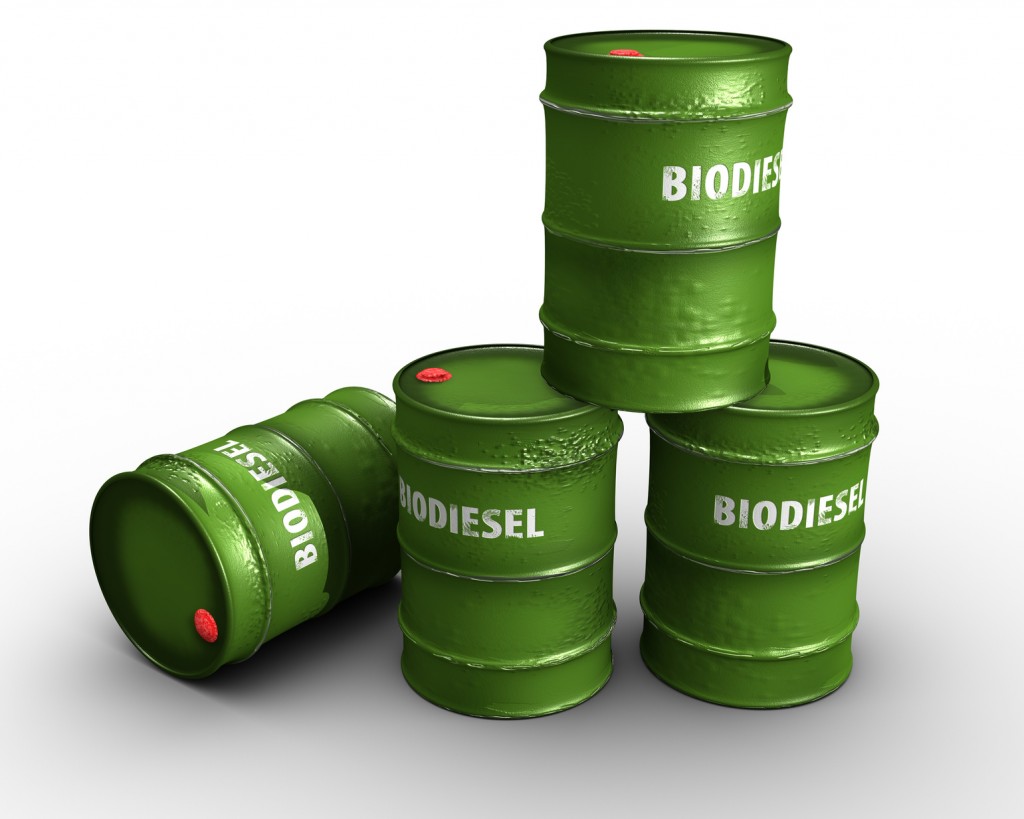INNSpub | Blog site - Phytoremediation potential of Centella asiatica (gotu kola) in nickel ore-contaminated soils | JBES 2018

INNSpub | Blog site - Research Journal Publisher: Phytoremediation potential of Centella asiatica (g... : Map showing the operating nickel mining sites in Carrascal, Surigao del Sur, Philippines. Author Information Genelyn G. Madjos from the Institute of the Department of Biological Sciences, College of Science and Mathematics, Western Mindanao State University, Zamboanga City, Philippines Journal Name Journal of Biodiversity and Environmental Sciences | JBES Abstract Nickel miningposed a serious environmental problem due to run-offs and tailings. To address this, current techniques include excavation, chemical stabilization and soil flushing, but these methods are costly and impractical. One of the ecologically accepted treatments is phytoremediation. With the capacity of Centella asiatica (gotu kola) to thrive in moist soils with domestic effluents, this present study sought to evaluate its phytoremediation potential by employing an experimental design with three replicat...



Comments
Post a Comment